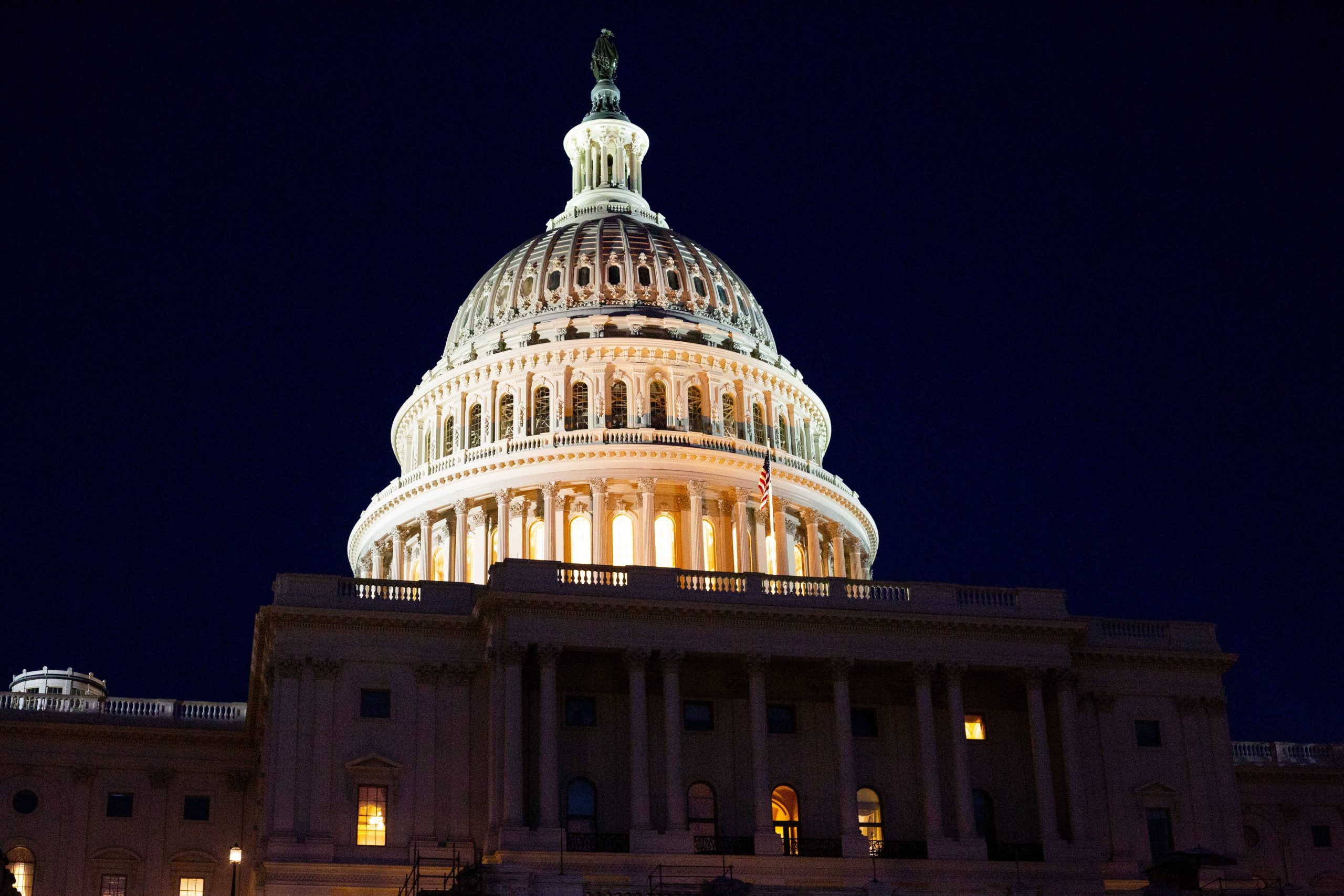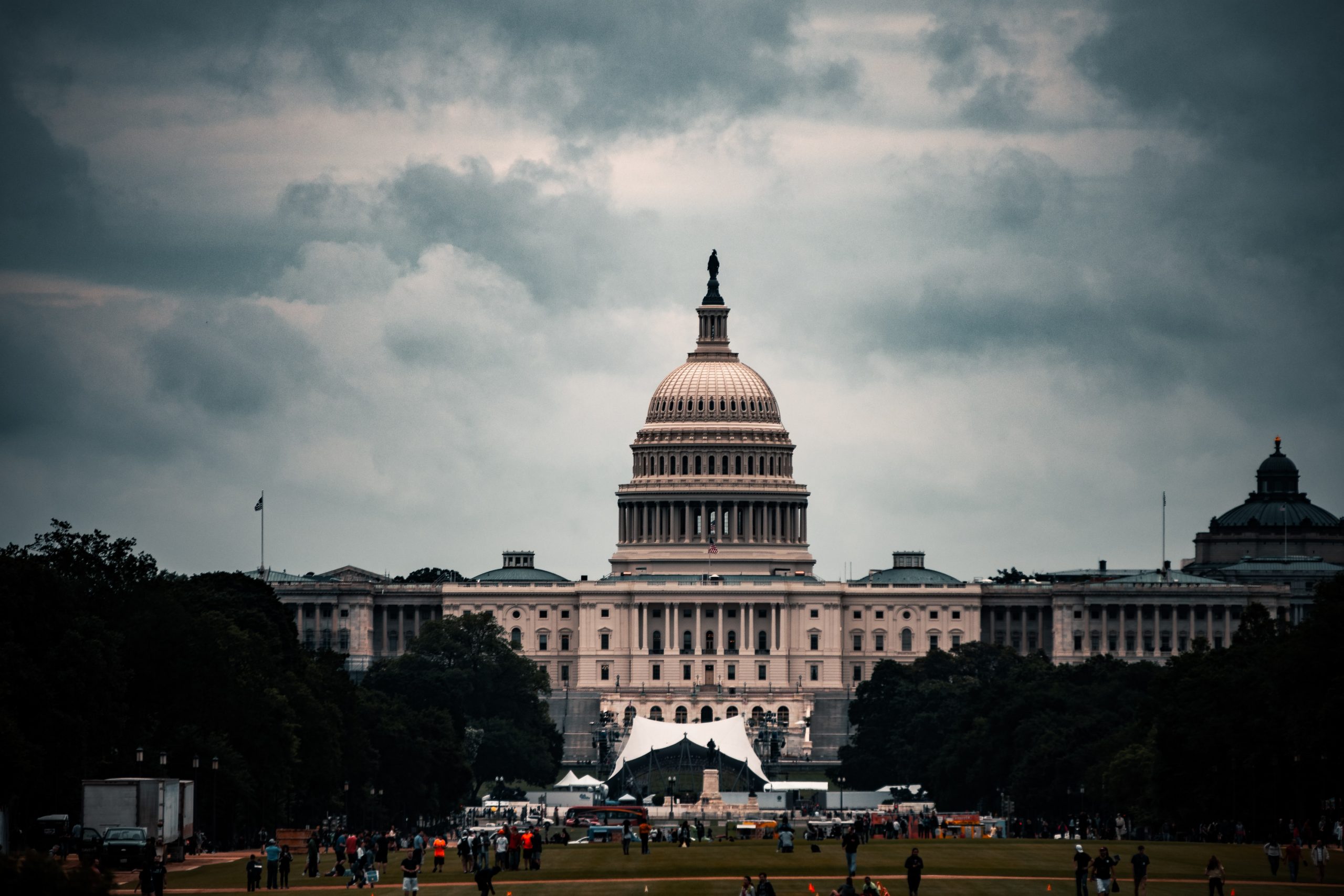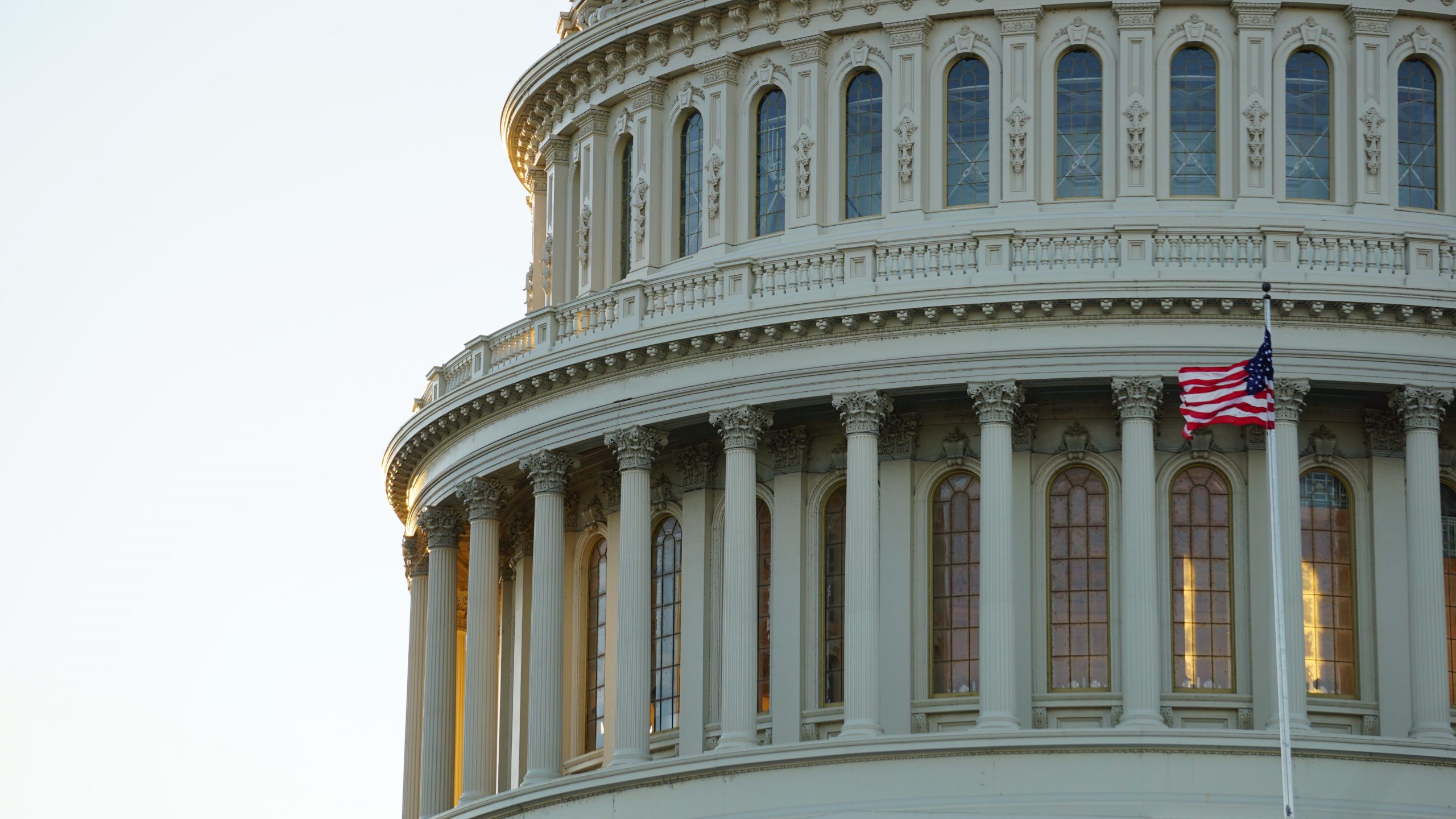DACA Renewal E-Filing is here!
Exciting news is on the horizon for those filing a renewal of their deferred action under the Deferred Action for Childhood Arrivals (DACA)!
This week, the United States Citizenship, and Immigration Services (USCIS) announced that applicants will now be able to file their applications online on Form I-821D, Consideration of Deferred Action for Childhood Arrivals. Additionally, renewal applicants may also file applications to renew their Employment Authorization Document (EAD) online by filing Form I-765 Application for Employment Authorization and the Form I-765 Worksheet.
This move will now make it easier for applicants to obtain a renewal of their status faster and more efficiently.
While the agency hopes to expand the possibility of electronic filing to a broader pool of applicants in the future, the e-file option is currently only available for individuals who have been previously granted DACA.
The e-filing option is expected to help reduce the substantial backlogs at the USCIS level. Currently, USCIS receives nearly half a million Form I-821D DACA requests every fiscal year, and processes more than 8.8 million requests for immigration benefits. As time has gone on, the agency has allowed online filings to streamline the application process.
How can you file online?
DACA renewal applicants who wish to file Form I-821D and Form I-765 online, must first create a USCIS online account, to submit their forms, pay fees and track the status of any pending USCIS immigration request throughout the adjudication process. There is no cost to set up an account, and one of the added benefits is that applicants have the ability to communicate with USCIS through a secure inbox and respond online to Requests for Evidence received.
 Visa Lawyer Blog
Visa Lawyer Blog











